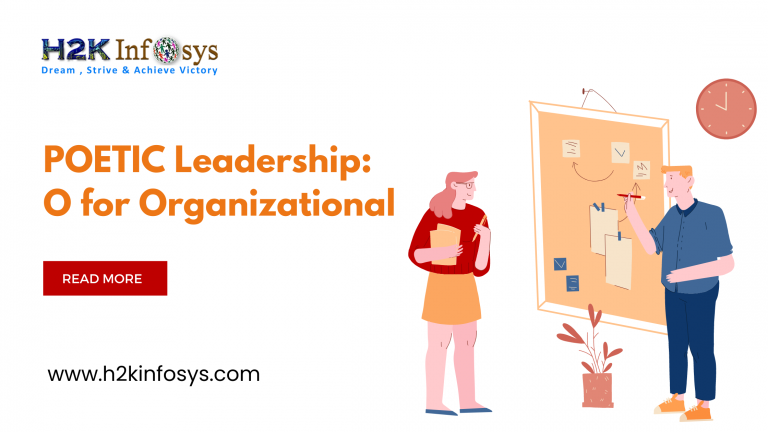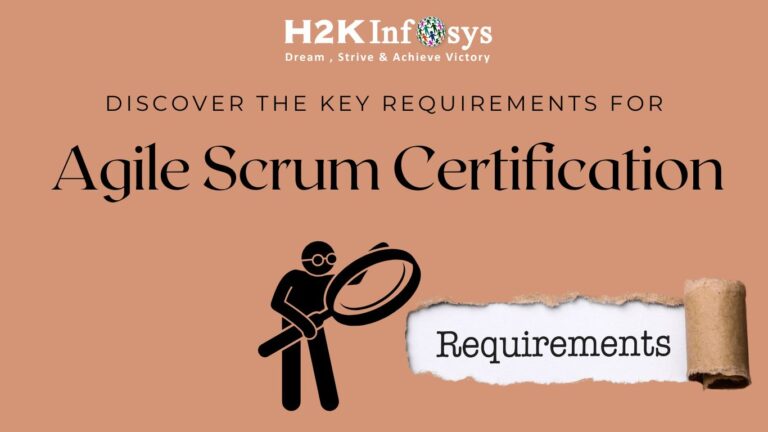Any Lean-Agile adoption will probably remain unduly formal or restricted to isolated successes if it lacks a supporting culture. Nonetheless, the advantages of Lean and Agile may spread throughout the company with the correct enabling culture, leading to improved flow, higher productivity, more creativity, and the delivery of genuine customer value.
According to author and occupational psychologist John Seddon, “Trying to modify an organisation’s culture is foolish; it never works. The system produces people’s behaviour, or culture, and people’s behaviour changes when the system is altered.
A system is described as “an entity with interrelated and interdependent parts; it is defined by its boundaries and it is more than the sum of its parts” in the context of systems thinking.
Organisations consist of various interconnected components such as people, teams, departments, services, tools, processes, and products.
These structures are defined by leaders. Effective leaders must thus comprehend what it means to work in an agile manner in order to assist in designing and leading their system to be as Lean and Agile as possible and foster a culture that promotes the adoption of lean and agile practices. These leaders are possible at every organisational level. However, each one of them needs to demonstrate a set of abilities and skills that will allow them to support, facilitate, and catalyse system-level change.
POETIC Leadership is needed by them. The O in POETIC, which stands for Organisational, will be explained in this article. Check out the free agile training online to learn more.
Understanding how to connect the organisation with strategic vision and goals, as well as how to design the ideal structure to effectively and efficiently deliver value to our clients and business, are all part of organisational leadership.
Lean
Lean Thinking is a concept that emphasises process optimization, waste reduction, and continuous improvement in order to deliver the best value to customers. It is applied in organisational leadership. It entails giving staff members the authority to advance openness, spot and fix inefficiencies in their jobs, and foster an environment of ongoing development within the company. This can assist executives in building more responsive and agile companies that can better adjust to shifting consumer demands and market situations.
Value Stream Mapping
Enhancing the value flow throughout the organisation is the goal of organisational leaders. A CEO must have this core mentality in order for their company to succeed: value stream thinking. Value Stream Mapping is a Lean Thinking technique that executives can use to enhance workflow.
Value Stream Mapping, according to Karen Martin, is a useful and very successful technique to identify and close gaps, redundancies, and disconnects in the way work is completed. It entails drawing a high-level plan or graphic that includes every important step in the manufacturing process, from gathering requirements to delivering the finished product. Value stream mapping aims to rapidly pinpoint non-value activities, workflow optimization strategies, and bottlenecks. By implementing these conclusions, cycle time is decreased, improving the delivery of value to your customers.
You might just need to make a small process adjustment, or you might need to completely redo your organisational structure. It may require making difficult choices, but doing so has significant advantages.
Organizational Structure
An organisational structure that is lean and agile is intended to be quick, flexible, responsive, and adaptive. It is founded on Agile and Lean principles, which include:
- customer cooperation
- value-centric planning that is iterative and adaptive,
- and continual improvement
Teams with a focus on products may be:
- self-regulating
- cross-functional
- perhaps with a flat structure where managers aren’t as empowered to take initiative and make decisions for themselves.
Organisations that are lean and agile are made to move quickly, adapt to shifting consumer demands and market conditions, and foster innovation. Creating organisational structures that facilitate effective product delivery, teamwork, prompt decision-making, and learning is the aim of this process.
Systems Thinking
Systems Thinking is a technique of thinking and approaching problem-solving that emphasises understanding how various components of their systems interact and influence one another, as well as how the system acts and changes over time. Organisational leaders will employ this approach. It acknowledges that systems are made up of interconnected people, processes, tools, hierarchies, organisational structures, and many other elements.
As a leader, you must have a broad view, think about the long-term effects of choices and actions in your systems, foresee potential changes, and manage these intricate relationships between systems. You must be proactive, inquisitive, open-minded, and able to adjust and absorb new information from what is occurring in your systems.
Conclusion
Check out the Agile certification course online to learn more.


























